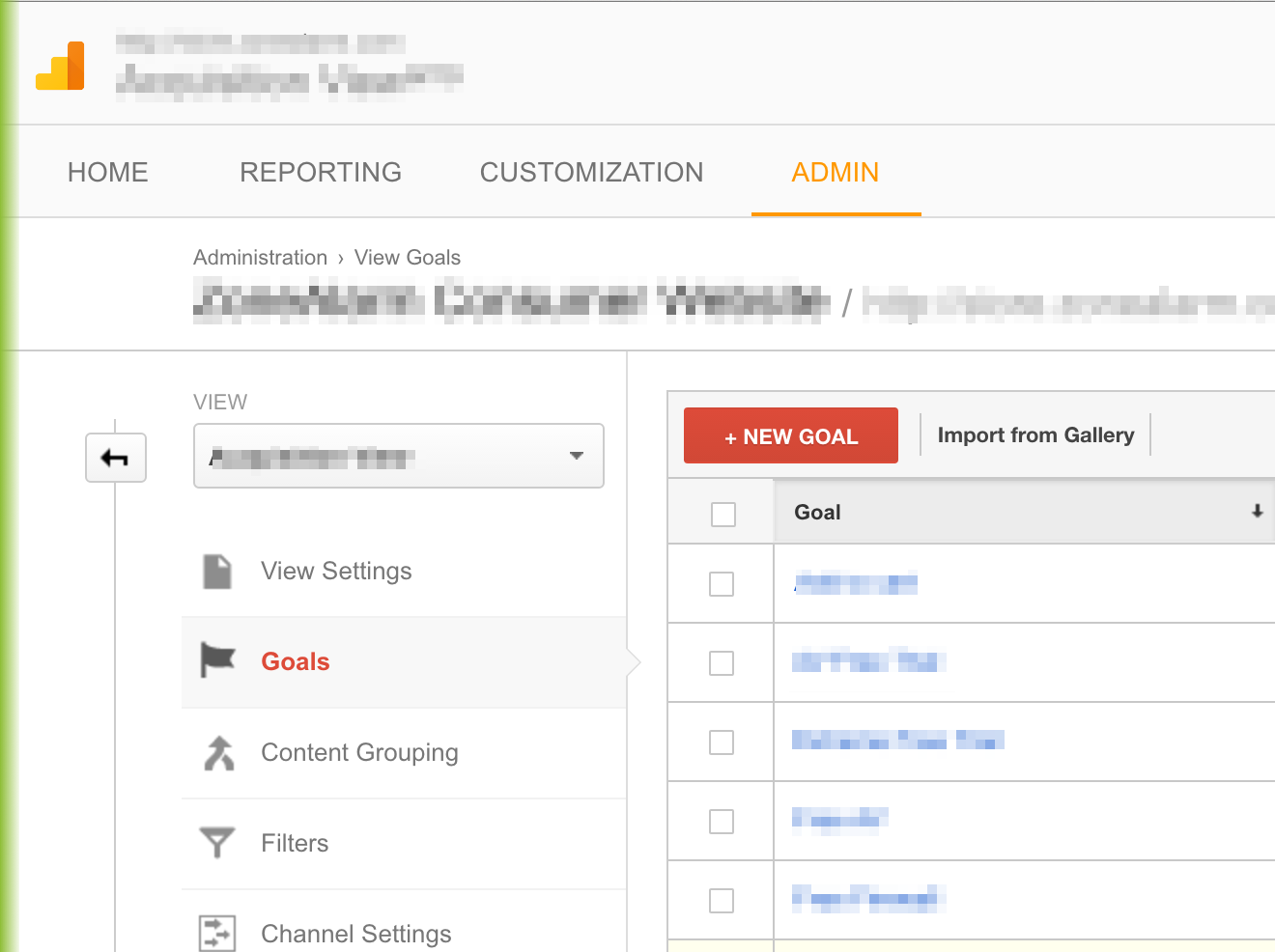Comprehensive List of What Data Is Google Analytics Goals Unable to Track
Comprehensive List of What Data Is Google Analytics Goals Unable to Track
Blog Article
Revealing the Blind Attractions: Recognizing What Google Analytics Goals Can not Measure
In the realm of digital analytics, Google Analytics stands as an effective tool for tracking and analyzing online customer communications. Comprehending what Google Analytics goals can not gauge is crucial for obtaining a detailed view of customer habits and engagement.
Individual Behavior on External Operatings Systems
Comprehending just how individuals interact on exterior platforms is crucial for optimizing on the internet approaches. Exterior systems, such as social networks networks, reference internet sites, and online forums, play a considerable role in driving website traffic to a company's internet site. By assessing customer behavior on these systems, businesses can get valuable insights right into the performance of their advertising initiatives and the choices of their target audience.
One secret facet of customer actions on external platforms is the recommendation resource. By tracking where the customers are coming from, companies can determine which systems are driving the most traffic to their site. This info can aid firms allocate their resources better, focusing on the platforms that yield the most effective results.

Offline Conversions and Interactions
Evaluating user behavior on external platforms gives beneficial understandings right into on the internet methods; nevertheless, thinking about offline conversions and communications is similarly essential for a comprehensive understanding of a company's overall efficiency. While Google Analytics succeeds at tracking on the internet communications, it falls short in capturing the complete consumer trip that commonly includes offline touchpoints. Offline conversions, such as in-store acquisitions or phone inquiries, play a considerable duty in numerous companies' success. Overlooking these communications can cause an altered view of the effectiveness of advertising and marketing projects and overall business performance.

Attribution Beyond Last Click
When diving right into the realm of digital advertising and marketing analytics, it ends up being vital to look beyond the solitary touchpoint of the last click for a more extensive understanding of acknowledgment. While Google Analytics provides important understandings right into user behavior, depending only on last-click attribution can be limiting - what data is google analytics goals unable to track. Acknowledgment versions that exceed the last click provide a much more nuanced sight of the consumer journey, taking into consideration all the touchpoints that result in a conversion
Attribution beyond the last click enables marketing experts to appoint credit history to different communications along the conversion path, providing a more clear image of the effectiveness of different marketing channels. By discovering multi-touch acknowledgment designs such as direct, time decay, or position-based acknowledgment, organizations can much better designate their advertising budgets and maximize their methods for maximum impact.
Recognizing the impact of each touchpoint in the conversion process is essential for making informed choices and optimizing ROI. By accepting attribution past the last click, companies can gain much deeper insights right into client actions and customize their marketing initiatives extra efficiently.
Cross-Device and Cross-Browser Monitoring

In a similar way, cross-browser monitoring complements cross-device tracking by catching customer behavior as they change in between different my link web internet browsers. Understanding just how users communicate with internet sites on various web browsers can help marketing experts enhance their online experiences to ensure consistency and functionality across various platforms.
Qualitative Data and Customer Intent
Recognizing user intent with qualitative information analysis is vital for establishing targeted electronic advertising and marketing techniques that reverberate with the demands and preferences of the target audience. Qualitative data offers insights into the 'why' behind user activities, shedding light on inspirations, feelings, and preferences that measurable information alone can not catch. By examining individual comments, comments, and interactions, marketers can uncover valuable details concerning individual intent, permitting them to tailor their messaging, content, and offerings to much better align with what their target market is looking for.
Qualitative data also aids in recognizing the context in which customers engage with a site or app. This contextual understanding makes it possible for marketing experts to produce more appropriate and customized experiences, ultimately driving greater engagement and conversion prices. By delving into individual intent through qualitative information analysis, businesses can obtain a deeper understanding of their target market, causing much more reliable advertising techniques that fulfill individuals' expectations and requirements.
Verdict
In final thought, Google Analytics goals have limitations in gauging user behavior on exterior platforms, offline conversions, acknowledgment past last click, cross-browser and cross-device tracking, and qualitative data connected to individual intent. what data is google analytics goals unable to track. It is very important for companies to be knowledgeable about these dead spots in order to supplement their information analysis with other devices and approaches to acquire an extra comprehensive understanding of their audience and boost their overall digital advertising and marketing techniques
By examining individual actions on these platforms, services can obtain valuable insights into the effectiveness of their advertising initiatives and the choices of their target audience.
Assessing user behavior on outside systems gives valuable insights into on the internet methods; nonetheless, thinking about offline conversions and communications is similarly important for a detailed understanding of a company's general efficiency.In digital my explanation marketing analytics, moving past last-click acknowledgment to explore cross-device and cross-browser tracking is important for acquiring an alternative understanding of individual interactions across various platforms and devices. By analyzing user feedback, comments, and communications, marketers can reveal beneficial details concerning individual intent, enabling them to tailor their messaging, material, and offerings to much better line up with what their audience is seeking.
By diving right into individual hop over to here intent through qualitative data evaluation, organizations can get a deeper understanding of their target audience, leading to much more effective advertising and marketing approaches that satisfy individuals' assumptions and requirements.
Report this page